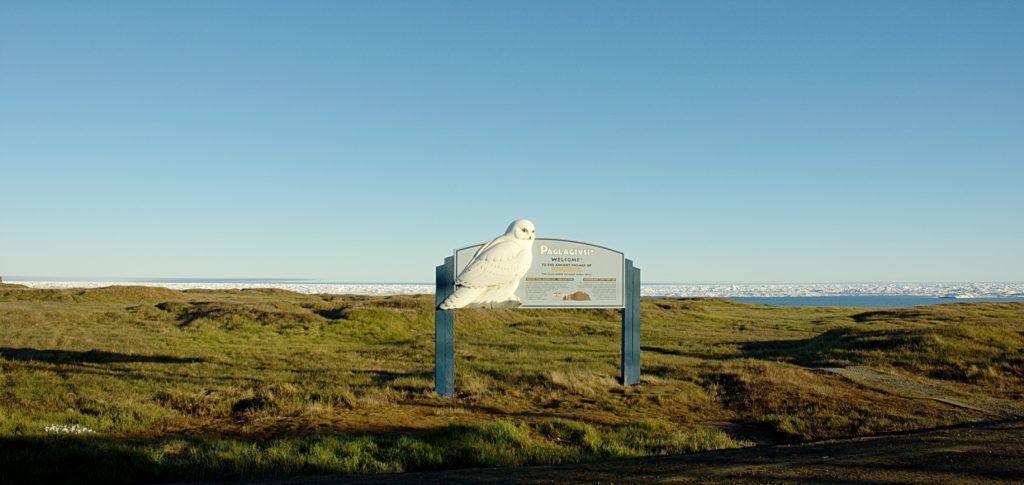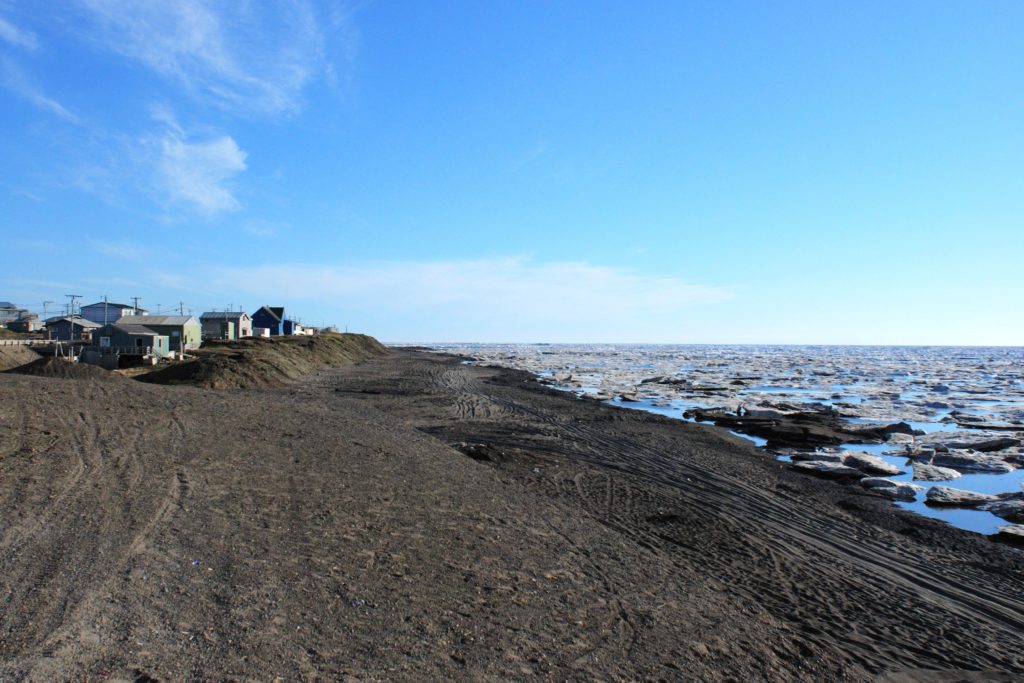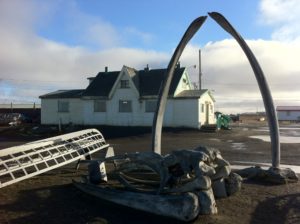A look at the Northernmost city in the U.S.
Despite the unforgiving weather, Utqiagvik thrives in the Alaskan Arctic

Visiting Utqiaġvik, Alaska—or Barrow, as the village was known until 2016—should be on any adventurer’s bucket list. Bordering the Arctic Ocean in Alaska’s North Slope Borough, the town of more than 4,400 thrives in spite of having more than seven months of subzero temperatures and no roads connecting it to any other city in Alaska. It may well be one of the last true frontier towns in the U.S. Even a glimpse at Utqiaġvik reveals a town like no other in America.
Utqiaġvik has been inhabited for more than 1,500 years.
Archeological evidence shows human activity in the area as far back as 500 A.D., making it one of the oldest permanent settlements in North America. A dig site nearby, where archeologists unearthed artifacts and mounds from the Birnirk culture circa 800 A.D., became a National Historic Landmark in 1962. In 2016, the town voted to change its name from Barrow to an Inupiat one. The name change was not without controversy, and was approved by a mere six votes; many locals continue to call it Barrow, and most businesses use Barrow in their postal addresses. The Iñupiat Heritage Center is an excellent place to learn about how the area’s history, as well as see the work of local artists.

The town offers good employment and educational opportunities.
Despite its stark location—no paved roads exist because of the instability of the permafrost that makes up the terrain—the town is a government seat for the region, as well as a supplier of support services to nearby oil operations. That translates into high-paying jobs. In addition, Utqiaġvik has a high school and a community college, as well as a library, the Iñupiat Heritage Center, and the Barrow Arctic Science Consortium to encourage local scientific research.
Life in Utqiaġvik can be expensive
The village’s median household Income is estimated to be around $90,500, according to Alaska’s Department of Commerce, Community, and Economic Development, thanks to good wages from oil sector and government jobs. When compared to the national median household income of $61,372, this is an impressive number. However, because of the village’s isolation, simple groceries need to be flown in. The heavier an item, the higher the cost, making everyday items grotesquely expensive. An October 2018 circular for a local grocery store offers a 52-ounce bottle of orange juice on sale for $8.99; a bottle of bleach, $19.99.

But it is also a life of unique pleasures, sights, and experiences
The town’s location near the North Pole causes it to spend more than two months in darkness, and approximately 80 days of sunlight. But aside from these phenomena, there are other reasons to visit. The town played a vital role in America’s commercial whaling history; an iconic arch composed of whalebones at the Point Barrow Refuge Station is testament to that heritage, which also ties to the history and culture of the local Iñupiat. While in Utqiaġvik, you can also hire a guide to explore the tundra, ancient archeological sites, see the Northern Lights, track polar bears, or even take a plunge in the ocean’s icy waters. The recently renovated Top of the World Hotel, in addition to offering views of the ocean and comfortable accommodations, also operates tours of the area.
Getting to Utqiaġvik can be tricky, but not impossible.
The only way to reach Utqiaġvik is via airplane. The airport in town, Wiley Post-Will Rogers Memorial Airport, is serviced by regularly scheduled daily flights by Alaska Airlines and Ravn Alaska. Flights into Utqiaġvik originate in Anchorage or Fairbanks, and many have a layover in Prudhoe Bay. This journey generally takes six to eight hours.